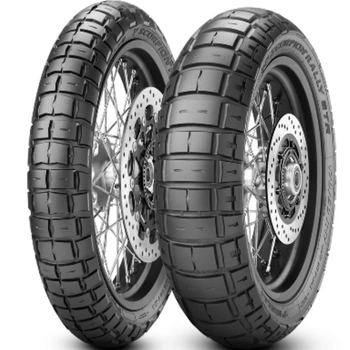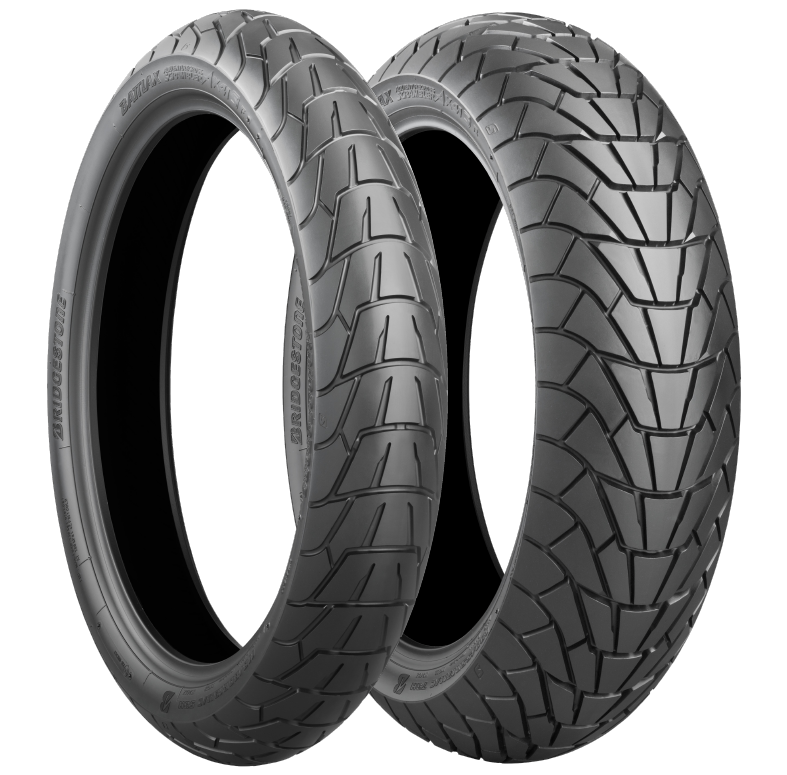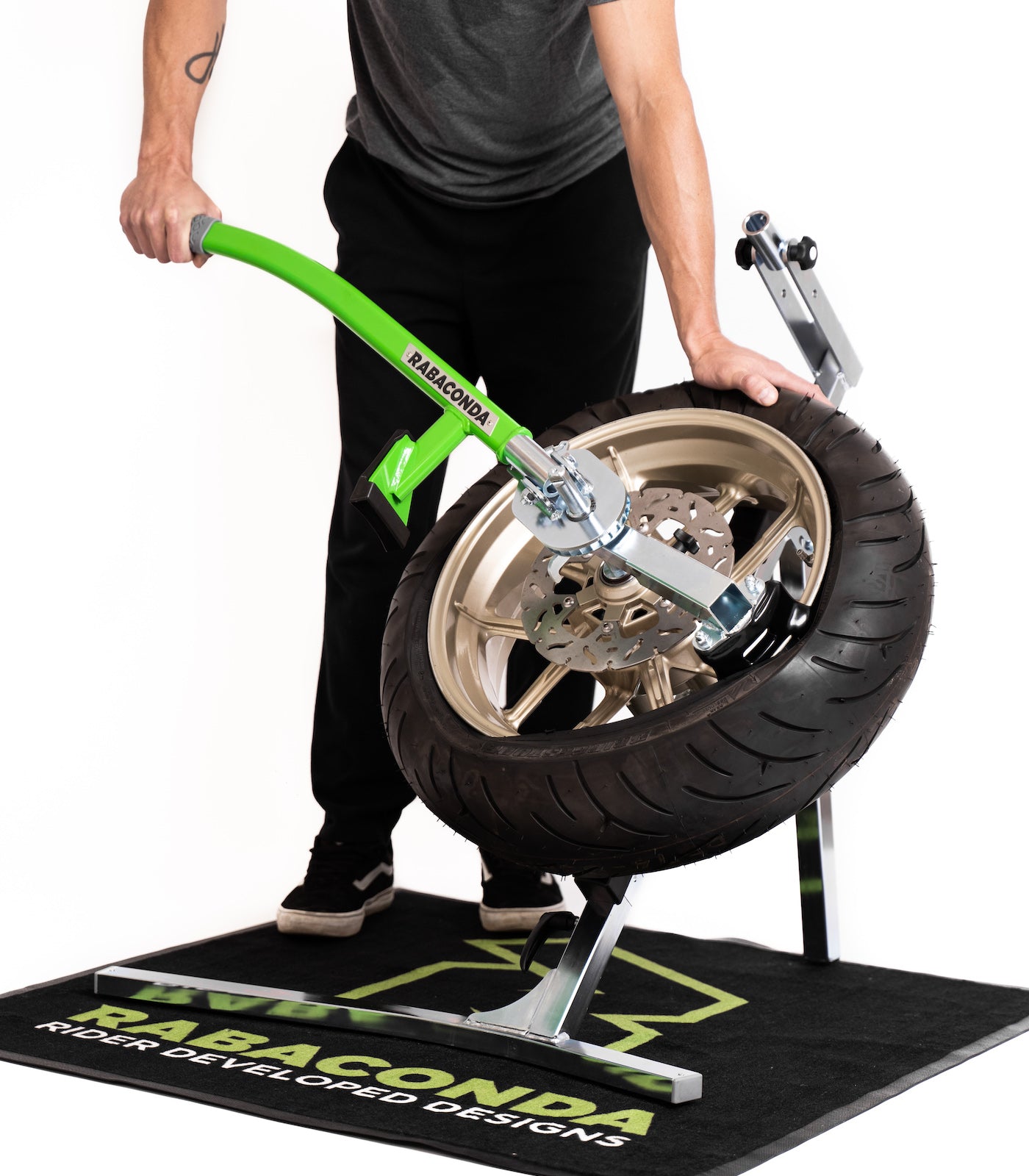All About the Essential Motorbike Tire Guide for Optimum Bike Maintenance and Efficiency
The Crucial Motorbike Tire Guide functions as a vital resource for motorcyclists looking for to improve their bike's efficiency and security. motorcycle tyre guide. It provides understandings into various tire types and specifications that influence taking care of and longevity. Additionally, comprehending appropriate upkeep techniques can significantly expand tyre life. Lots of motorcyclists overlook crucial aspects that influence their riding experience. Discovering these aspects can cause educated choices that ultimately improve both safety and security and enjoyment when traveling
Understanding Motorcycle Tire Kind
When choosing motorcycle tires, comprehending the various kinds available is vital for peak efficiency and safety. Motorcyclists come across different tyre categories, each developed for certain riding designs and problems. Sport tires highlight hold and responsiveness, making them appropriate for high-performance bikes and track usage. Touring tyres, on the other hand, emphasis on durability and comfort, ideal for long-distance trips. Off-road tyres include aggressive step patterns, offering grip on unequal surface areas, while dual-sport tyres provide flexibility for cyclists who move between off-road and on-road conditions.Additionally, cruiser tyres are designed for security and a smooth ride, satisfying the special needs of cruisers and touring bikes. Comprehending these classifications allows cyclists to choose tires that straighten with their riding routines and ecological conditions, ultimately boosting both safety and efficiency. Each kind plays a vital duty in making sure a remarkable riding experience customized to the private motorcyclist's requirements.
Key Tyre Specs Discussed
Choosing the proper motorbike tires includes greater than just comprehending the numerous kinds; it additionally needs familiarity with key specs that affect performance and safety and security. Key specs consist of tire dimension, which is commonly shared as a collection of numbers suggesting width, aspect proportion, and rim diameter. This code is crucial for making sure compatibility with the motorcycle.Another crucial requirements is the load index, showing the optimum weight a tyre can sustain. The speed rating signifies the optimal speed a tire can safely manage, essential for performance enthusiasts.Additionally, walk pattern and rubber substance impact grasp, stability, and use characteristics. Tires with a softer compound have a tendency to provide much better grip but wear quicker, while tougher compounds last much longer yet may give up traction. Comprehending these specs allows bikers to make informed choices, enhancing both their safety and riding experience.
Just how to Select the Right Tyres for Your Bike
Just how can a biker assurance they select the appropriate tires for their motorcycle? Selecting the appropriate tyres involves comprehending the certain demands based upon riding climate, design, and surface conditions. Cyclists need to initially seek advice from the motorbike's handbook to identify recommended tire sizes and specifications.Next, they need to evaluate the kind of riding they prepare to do-- whether it's travelling, exploring, or off-road. Each group has distinctive tire designs customized for top performance.Additionally, cyclists ought to analyze tread patterns; deeper treads provide better grip in damp problems, while shallower treads boost stability on completely dry surfaces.Lastly, it is necessary to examine the tire's building and construction and material, as these variables influence resilience and handling (motorcycle tyre guide). By reviewing these aspects thoroughly, a cyclist can with confidence select tires that improve safety and security, efficiency, and general riding experience
The Value of Tire Stress and Maintenance
Tyre stress is a substantial element of bike upkeep that straight impacts security and efficiency. Keeping the appropriate tire pressure assurances ideal call with the roadway, improving grip and security during trips. Under-inflated tires can lead to boosted rolling resistance, resulting in inadequate gas efficiency and excessive endure the tyres. Conversely, over-inflated tyres might cause a severe adventure and reduce grip, specifically in wet conditions.Regularly monitoring tyre pressure, preferably before each adventure, is necessary to preserving the motorbike's overall performance. Cyclists must describe the maker's specifications for the suggested stress levels. In addition, keeping an eye on tyre problem and adjusting stress according to load and riding problems is necessary for safety. Proper tyre upkeep adds to prolonged tire life expectancy, better handling, and boosted stopping efficiency. Eventually, regular focus to tyre stress and maintenance is critical for guaranteeing a satisfying and secure riding experience.

Acknowledging Indicators of Tyre Use and Damages
Recognizing indicators of tire wear and damage is necessary for preserving motorbike security and efficiency. Key indicators consist of evaluating walk deepness and conducting a comprehensive visual evaluation for any visible damage. Addressing these aspects quickly can prevent more issues on the road.
Step Depth Analysis
As motorcyclists take to the roads, the value of examining walk deepness can not be overstated, given that used or damaged tires can substantially influence security and performance. Step deepness directly affects grip, stopping distance, and cornering security. To analyze step deepness, bikers ought to utilize a step depth scale, determining the grooves at various factors across the tire. A deepness of 2mm or less indicates substantial wear and necessitates instant replacement. In addition, bikers can utilize the "dime test" by placing a coin right into the tread; if the top of Lincoln's head is noticeable, the tyre is too put on. Routine checks guarantee peak grasp on varied road conditions, advertising a more secure riding experience while boosting the general handling of the bike.
Visual Damages Examination
Inspecting motorbike tyres for aesthetic damage is crucial for keeping security on the road. Cyclists should frequently analyze tires for signs of wear such as splits, bulges, or slits. Uneven wear patterns might indicate placement issues or inappropriate inflation, bring about compromised performance. Additionally, inspecting for foreign things installed in the step can stop possible blowouts. Motorcyclists should pay very close attention to the sidewalls, as any kind of abrasions or cuts can deteriorate the tyre's structure. Ensuring that the tread is without excessive wear is vital for excellent hold. Normal aesthetic evaluations not only enhance safety but likewise extend the life of the tires, making sure a smoother and more reliable riding experience. Prompt detection view it now of damages can stop pricey fixings and mishaps.
Seasonal Tyre Considerations for Various Riding Conditions
When taking into consideration motorbike tires, seasonal problems play an essential function in performance. In wet climate, tires made for enhanced grip and water displacement become vital for safety and security. In addition, winter riding calls for certain tire qualities to guarantee peak grip on cool, potentially icy surfaces.

Damp Weather Condition Performance
Damp climate condition existing special challenges for motorcyclists, making the selection of tires important for security and efficiency. Tyres created for damp weather condition typically feature deeper footsteps and specialized rubber compounds that enhance grasp on slippery surfaces. These tires are crafted to transport water away, minimizing the danger of aquaplaning and enhancing security during rain. Cyclists ought to take into consideration tyres with a balanced layout, offering both grip and sturdiness in wet conditions. Additionally, keeping proper tire pressure is important, as under-inflated tires can endanger efficiency. When faced with rain-soaked roadways, normal assessments for wear and damage are essential to ensure peak function. Selecting suitable wet-weather tires eventually adds to a much safer and extra pleasurable riding experience.
Winter Months Tire Needs
Riding in winter season problems poses distinctive difficulties that necessitate certain tyre demands to assure security and performance. Wintertime motorbike tires are created with much deeper treads and softer rubber substances, offering boosted grasp on cool and slippery surface areas. This is vital for keeping traction on ice, snow, and damp roadways. Additionally, winter tyres typically feature an one-of-a-kind tread pattern that assists channel water away, minimizing the threat of aquaplaning. Cyclists should additionally think about the tire's temperature level strength, as efficiency can lessen in extreme cold. It is very important to on a regular basis examine tire stress, as it can go down significantly in reduced temperatures. By selecting the ideal winter months tires, bikers can browse harsh problems with higher confidence and security, making sure a more secure riding experience.
Tips for Correct Tyre Storage Space and Longevity
Proper tire storage is essential for keeping their long life and efficiency in time, as neglecting this aspect can result in premature damage. To assure optimal storage, it is vital to keep tires in an amazing, dry environment far from straight sunlight and sources of warmth, such as furnaces or radiators. Too much heat can create rubber substances to damage down, endangering the tire's integrity.Additionally, tyres must be saved upright or piled flat, depending upon their type. If piled, it is recommended to rotate them periodically to avoid level places. Correct inflation is also vital; tyres need to be pumped up to the manufacturer's suggested stress to stay clear of deformation.Lastly, it is useful to cover tyres with a safety material to secure them from dust and contaminants. Following these pointers will aid prolong the life of motorbike tyres, ensuring they continue to be risk-free and efficient for usage when the riding season returns to.
Regularly Asked Inquiries
Just how Often Should I Change My Motorbike Tyres?

Can I Mix Different Tire Brands on My Motorbike?
Blending various tire brand why not try these out names on a motorbike is typically not suggested. Variants in walk patterns, rubber substances, and performance features can result in uncertain handling and compromised security, potentially enhancing the risk of mishaps.
What Is the Lifespan of a Motorbike Tyre?
The life-span of a motorcycle tyre generally varies from 5,000 to 15,000 miles, influenced by factors such as riding tyre, surface, and design maintenance. Routine assessments can assist ensure peak performance and security throughout their usage.
How Do I Dispose of Old Bike Tyres?
When disposing of old motorcycle tires, they should be required to designated recycling centers. Lots of local waste administration solutions also supply tyre disposal programs, making sure eco friendly handling and compliance with neighborhood laws relating to tyre waste.
Exist Any Tyre Guarantees Offered for Motorcycles?
Several motorcycle tire makers supply service warranties that cover problems in material and handiwork. The specifics differ by brand and design, so it's crucial for bikers to assess individual warranty terms before buying brand-new tires. Off-road tyres feature aggressive walk patterns, giving grip on uneven surfaces, while dual-sport tyres provide adaptability for cyclists that shift in between on-road and off-road conditions.Additionally, cruiser tyres are made for stability and a smooth experience, providing to the unique requirements of cruisers and exploring bikes. Each classification has unique tyre styles tailored for top performance.Additionally, bikers should assess tread patterns; deeper footsteps supply far better grasp in damp problems, while shallower treads enhance stability on dry surfaces.Lastly, it is crucial to examine the tyre's building and construction visit site and material, as these aspects affect toughness and handling. Correct tire upkeep contributes to extended tyre life expectancy, much better handling, and enhanced braking performance. Proper inflation is also crucial; tyres need to be inflated to the producer's suggested stress to prevent deformation.Lastly, it is beneficial to cover tires with a protective product to shield them from dust and contaminants. The lifespan of a bike tire typically ranges from 5,000 to 15,000 miles, affected by elements such as riding surface, design, and tire upkeep.
Comments on “Why the motorcycle tyre guide is a must-read for new riders”